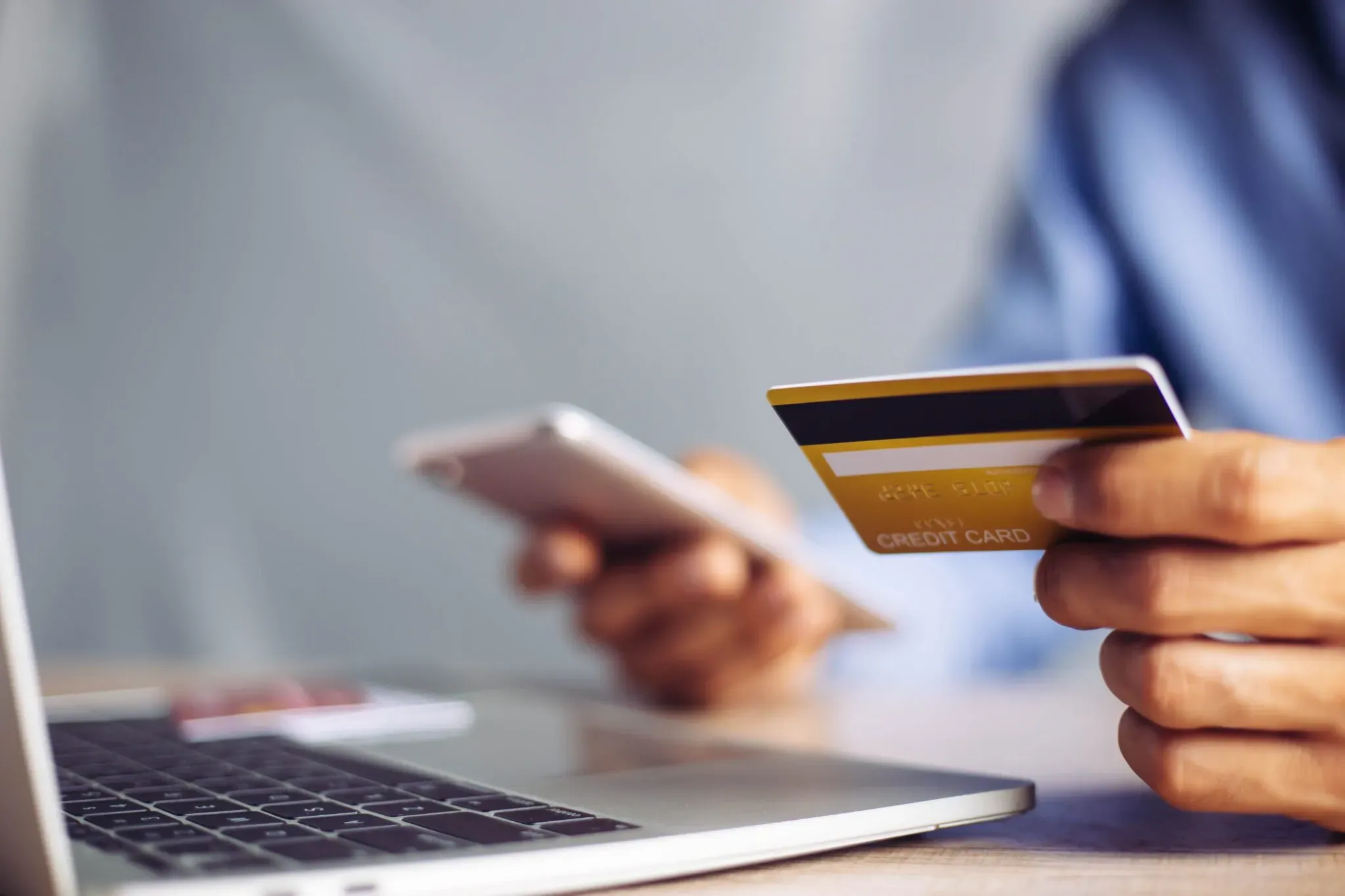
Why not all debt is the same - understanding the good vs the bad
Bromwich+Smith team
21 Jan, 2025
Debt is almost always viewed in a negative light, but not all debt is considered bad. In fact, some debt can be a tool for achieving your financial goals. The key is understanding the difference between good debt and bad debt and knowing how to use debt to leverage your financial future.
Examples of good debt
- Student loans
- Education is an investment in your future earning potential. Student loans are good debt when they enable you to acquire valuable skills and qualifications that lead to higher earning potential and career opportunities
- While student loans are a form of debt, they can pay off if you pursue a degree or training program that increases your income over time
- Mortgage loans
- Homes often appreciate over time, and a mortgage can allow you to build equity in your property while providing a place to live
- Paying a mortgage often provides more stability than renting and the home can become a financial asset
- Business loans
- Starting or expanding a business often requires capital. Taking out a small business loan may lead to increased profits and long-term financial stability
- Borrowing to start or expand a business can yield significant returns if the business thrives
- Loans for equipment, inventory or hiring employees may drive growth and profitability
- Investments in property or assets
- Loans for investment properties or income-generating assets can create wealth if the income exceeds the debt payments and associated costs
- Purchasing real estate properties, such as rental properties or commercial buildings, can generate rental income and appreciation
Examples of bad debt
- High-interest credit card debt
- Using credit cards for non-essential purchases can lead to unmanageable balances
- Interest rates on unpaid credit card debt often exceed 20%, making it difficult to pay off
- Essential purchases like groceries and utilities could be subject to very high interest rates when paid by credit card
- Payday loans
- These short-term loans come with high interest rates and fees, which may create a cycle of borrowing that’s hard to break
- Car loans for luxury vehicles
- Taking on unnecessary debt for a luxury vehicle that depreciates quickly
- Personal loans for non-essential items
- Borrowing for vacations, electronics, or other non-essential purchases can become problematic if you’re unable to repay once the debt becomes owed
How to tell good debt from bad debt
- Does this debt provide long-term value?
- If the debt feeds an investment (i.e. education, or property), it’s likely good debt
- If it’s for something that depreciates or offers no financial return, it may be bad debt
- Can I afford the payments?
- Even good debt can become an issue or turn into bad debt if you’re unable to maintain payments
- Bad debt typically carries higher interest rates, which can make payments unmanageable
- Is this a need or a want?
- Borrowing for essentials or investments is often viewed positively
- Borrowing for discretionary spending can lead to financial strain
- What are the terms of the loan?
- Favorable interest rates and repayment terms are features of good debt
- High interest rates and fees often signal bad debt
Is there a middle ground between good and bad debt
Not all debt fits neatly into the “good” or “bad” categories. Often debt can begin as good debt like a student loan and become a bad debt if the payment terms are not adhered to. Other examples include:
- Car loans: Financing a reasonably priced, fuel-efficient vehicle may be necessary even though the car depreciates in value. This is often viewed as good debt however will become a bad debt if your payments are overdue
- Credit cards: Using credit cards for convenience or rewards can be a smart financial move if balances are paid in full each month. For example, if a large purchase is made on a credit card offering a high cash back balance. If you’re able to pay the card balance in full, you would come out with a cash back reward
Managing debt wisely
Regardless of whether your debt is “good” or “bad,” how you handle your finances will determine your financial health.
1. Budgeting and planning
- Create a budget to cover debt repayments while meeting all other financial obligations
- Find a way to prioritize paying debt. For many, they pay down high-interest debt first. Others will tackle the smallest debt and then roll that payment into another debt once the first debt has been paid in full
2. Avoid over-borrowing
- Only borrow what you can afford to repay without putting strain on your finances
- Resist the temptation to finance lifestyle upgrades beyond your means
3. Explore refinancing or consolidation
- Consider consolidating high-interest debt into a lower-interest loan or refinancing to lower payments
4. Build an emergency fund
- Having savings to cover unexpected expenses prevents reliance on credit cards or payday loans
- Consider what emergency situations may arise. This could include job loss, emergency repairs or medical costs
5. Seek professional guidance
- If you’re overwhelmed by debt, a Licensed Insolvency Trustee (LIT) or financial advisor can help you explore options like debt consolidation, consumer proposals or bankruptcy
How to shift from bad debt to good debt
- Review your current debt
- List all debts, including balances, interest rates and payment terms
- Identify which debts are costing you the most.
- Create a payoff plan
- Consider focusing on paying off high-interest debt first while making minimum payments on others (the “avalanche” method)
- Alternatively, pay off the smallest balances first for quick wins (the “snowball” method)
- There is no wrong method to try. The important thing is to do what works for you and to recognize if it’s not working. Thats a sign that it’s time to try something new
- Consider debt relief options
-
- Credit counseling: Professionals can help you negotiate lower interest rates and payments
- Debt consolidation: Combine multiple debts into a single loan with a lower interest rate
- Consumer proposal or bankruptcy: Legally settle your debts for less than you owe with the guidance of a Licensed Insolvency Trustee
- Avoid future bad debt: Commit to using credit responsibly and only for essential purposes
Conclusion: using debt as a tool
When used wisely, debt can be a tool to reach important financial goals such as buying a home, getting an education or starting a business. The key is knowing the difference between good debt, which builds your future, and bad debt, which delays your progress.
Your journey to financial freedom starts with informed choices—one step at a time.


